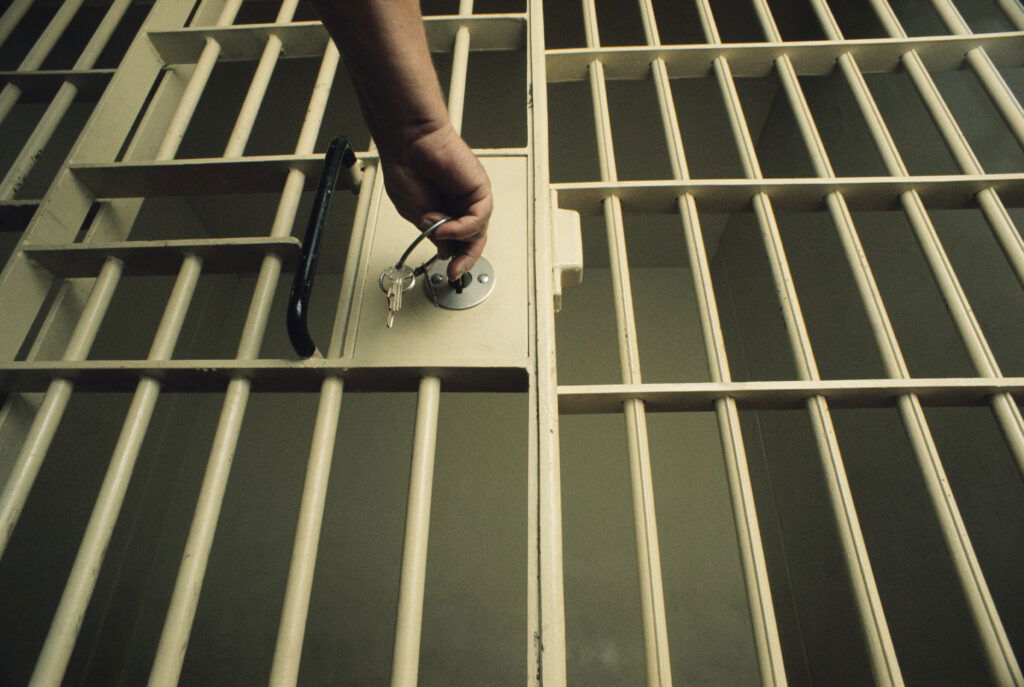Barbra Streisand’s long-awaited memoir, My Name Is Barbra, has arrived and the legendary singer/actress/director gives her unfiltered take on everything from Funny Girl and Yentl to pup cloning and politics. The 992-page tome, officially out on Nov. 7, also devotes one-and-a-half pages to correcting the record on “the Streisand effect.”
What is “the Streisand effect”?
The term, long adopted into pop culture, refers to how efforts made to censor information or minimize a story can backfire, leading to it being widely publicized instead.
How “Image 3850” led to a $50 million lawsuit
In the late 1990s, Ken and Gabrielle Adelman created California Coastal Records Project with the goal of using their helicopter to take aerial photos of the state’s approximately 840-mile coastline for an online database. It was to document erosion and development along the Pacific over time — for the use of mostly environmental groups, the government and the media — with a goal of reshooting every five years.
Enter the acting and singing legend. The Brooklyn-born Streisand first put down roots in Malibu, Calif., in 1974. She gifted her original 24-acre estate — now known as Ramirez Canyon Park — to the Santa Monica Mountains Conservancy for a tax write-off in 1993. By then she had already eyed her current estate, back in 1984, but the owners wouldn’t sell to her, so she bought up adjacent properties around them and bided her time. When the owners split in 1995, she finally purchased her dream abode. The compound — boasting a main house, a barn, a mill house, a building they call “Grandma’s” home and a mini shopping mall in the basement — is where she married husband James Brolin in 1998 and they still reside with their furbabies.
In 2002, California Coastal Records Project officially went live and among the 12,000 frames of the coast was one, image 3850, that included Streisand’s home within a larger aerial shot. Streisand — known for her own environmental activism — had her attorney send two cease and desist letters the following year, claiming the inclusion of the photo was an invasion of privacy, violated the “anti-paparazzi” statute, sought to profit from her name (because the images could be printed) and threatened her security. Ken, an amateur photographer who took the image from an elevation of 500 feet in public airspace over the ocean, refused to take it down, saying he didn’t target Streisand’s home — it was on the coast like the other 11,999 photos. Streisand sued for $50 million (see the lawsuit) and lost. She paid the defendant’s legal fees and court costs, and the Adelmans posted a copy of the $155,567.04 check on the website (where it remains today).
Prior to the lawsuit, the image in question had been viewed just six times in total on the website (including twice by Streisand’s legal team). Within a month of her lawsuit being filed, more than 420,000 people visited the website to view the image. It was later published by the Associated Press, and other newspapers and websites around the world, and hundred of thousands of people ended up seeing the photo.
While her intent was to make the image go away, instead there were articles far and wide about her demand, like the Japan Times calling her an “indignant diva.”
“The Streisand effect” was coined in 2005
It was Mike Masnick, founder of Techdirt, who used the term “the Streisand effect.” In 2005, he was writing about a different legal saga — around a website posting urinal photos, of all things — and how Marco Beach Ocean Resort claimed it was illegal to use its name on the website.
“How long is it going to take before lawyers realize that the simple act of trying to repress something they don’t like online is likely to make it so that something that most people would never, ever see (like a photo of a urinal in some random beach resort) is now seen by many more people?” Masnick wrote at the time. “Let’s call it the Streisand Effect.”
The phrase took off — it has its own Wikipedia page — and is cited time and again when this type of thing happens. Other examples involving celebrities include Scientology demanding that a four-year-old indoctrination video of Tom Cruise gushing about the power of the organization be taken down. Also, Beyoncé’s publicist demanding that website BuzzFeed take down unflattering photos of the singer from the 2013 Super Bowl halftime show. In both cases, more people saw the video/photos in question due to the many headlines that the cease and desist demands generated.
Masnick told NPR in a 2008 interview, “People feel that their rights are being taken away when someone’s trying to, say, bully someone into suppressing information that they think should be out there.”
“I naively thought, Is that about the effect of my music?”
Streisand attempts to correct the record on her infamous lawsuit that started it all, according to Vanity Fair.
“When I first heard the term, I naively thought, Is that about the effect of my music?” she wrote in her book. “Little did I know.”
Streisand went on to say she didn’t intend to try to remove the picture of her house from the website. She merely didn’t want her name to be publicized with it, for security reasons.
Fast-forward 20 years and images of Streisand’s multimillion mansion are everywhere. With the click of a button, you can zoom in even closer on the property via Google Maps. Zillow has aerial and street views, lot size and property taxes.
Meanwhile, Streisand herself has done photoshoots on her home for publications and shared Instagram photos from the property (see below). Not to mention she published an entire book — 2010 book’s My Passion for Design — showing interior and exterior photos.
My Name Is Barbra by Barbra Streisand comes out on Nov. 7.







